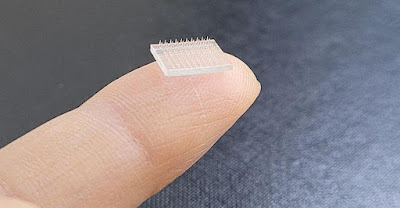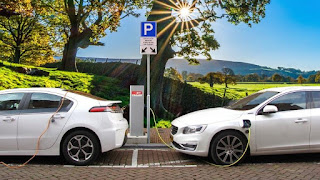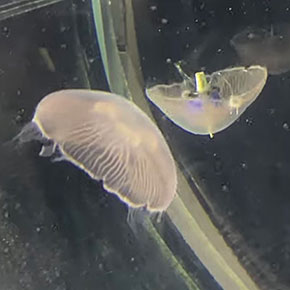Breakthru Vaccine Patch: COVID & Diseases

3D Printed Microneedle Patch Alternative to Needles Source: UNC-Chapel Hill New Tech That's a Breakthru for Vaccines Researchers at Stanford University and the University of North Carolina-Chapel Hill have developed a 3D printed plastic patch as an alternative to COVID-19 vaccinations by needles. The patch contains an array of microneedles that directly deliver the vaccine into the skin. The researchers say the microneedle patch is ten times more effective in producing an immune response than a needle and it is painless. Microneedle patches have been under development for decades. But the breakthrough on this revolutionary new patch came from 3D printing the microneedles on a polymer patch just long enough ...




